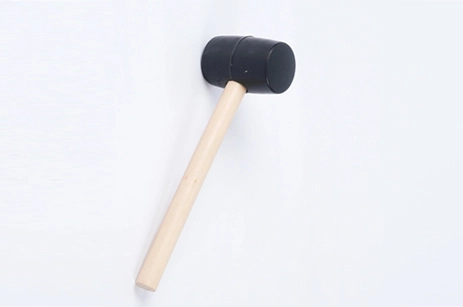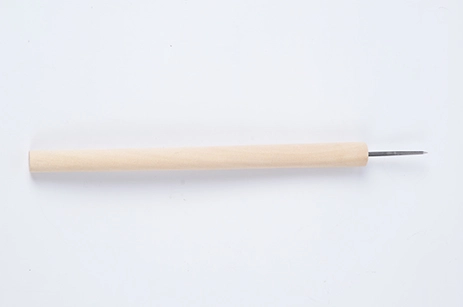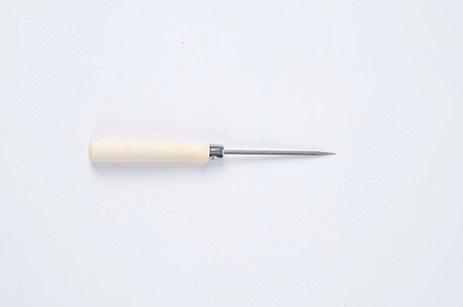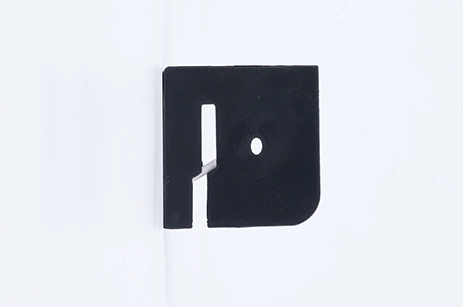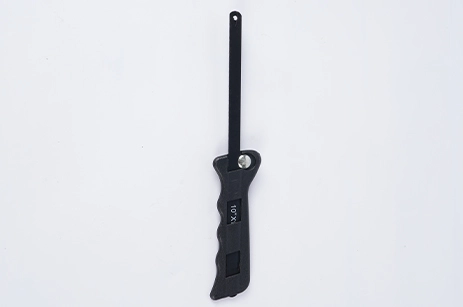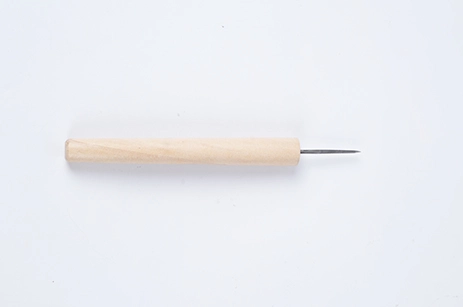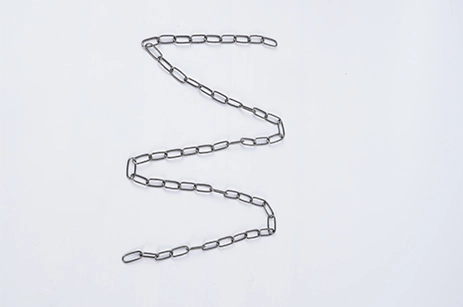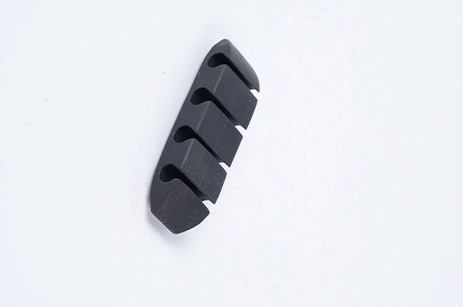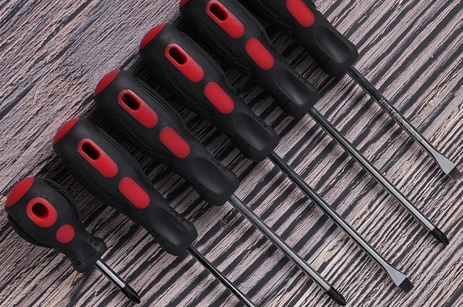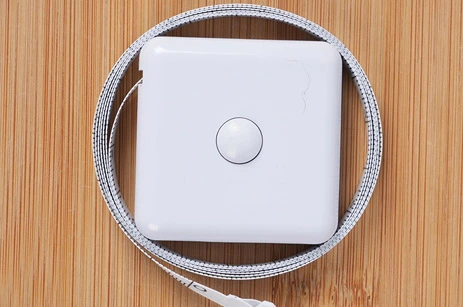
- Home
-
Products
Bamboo Kitchenware Kitchen Tools Fruit Knife Baking Tools Seasoning Bottle Cutting Board Potholder Table PlacematSemi-Transparent Polypropylene Self-Assemble Rack Series (355mm*355mm) Grid Self-Assemble Rack Series Semi-Transparent Polypropylene Self-Assemble Rack Series (185mm*355mm) 4 In 1 Polypropylene Rack ConnectorSplash Proof Nail Clippers (Huge) (Diagonal Pattern) Splash Proof Nail Clippers (Big) Splash Proof Nail Clippers (Small) Stainless Steel Blade Nail Clippers With GrinderABS Lightweight Garden Shovel (Wide) ABS Lightweight Garden Shovel (Square) ABS Durable Garden Rake Garden Twisted Tie (30 Meters) Garden Twisted Tie (15cm*100pcs) Garden Twisted Tie (20 Meters)Shatterproof Window Film Fireproof Paper (Flower Brick) Fireproof Paper (Brick) Screen Door Repair Patch (2pcs) Wallpaper (Painted) 3D Carbon Fiber Sticker/DecalMini Wire Brush (Nylon, Stainless Steel, Brash 3 In 1) Grease-Resistant Film (Clover) Stovetop Liner Wire Brush Adhesive Dust Paper Roll (For Suit) Adhesive Dust Paper Roll (For Car) Adhesive Dust Paper Roll (Replacement)
-
OEM/ODM
- Company
-
Services
- Resources
- Blog
- Contact Us
Search
 EN
EN
 jp
jp 